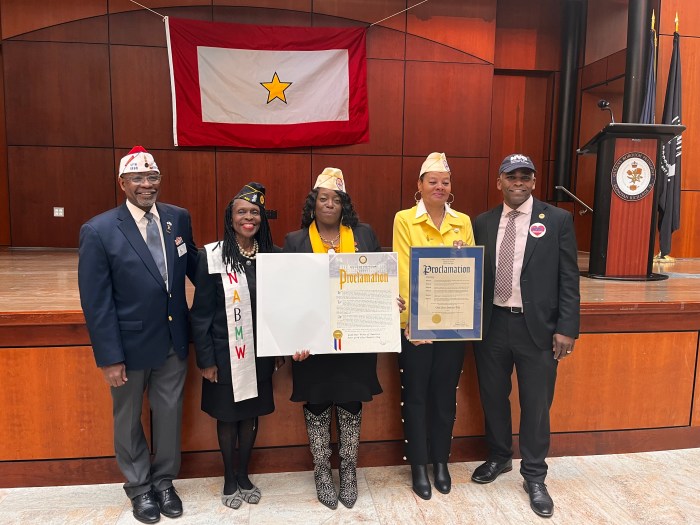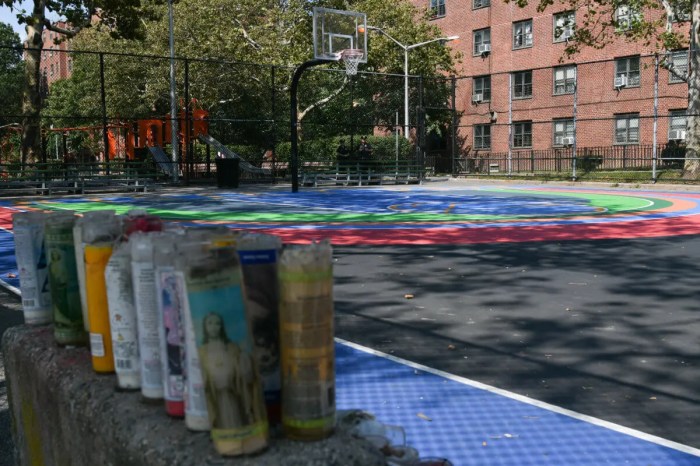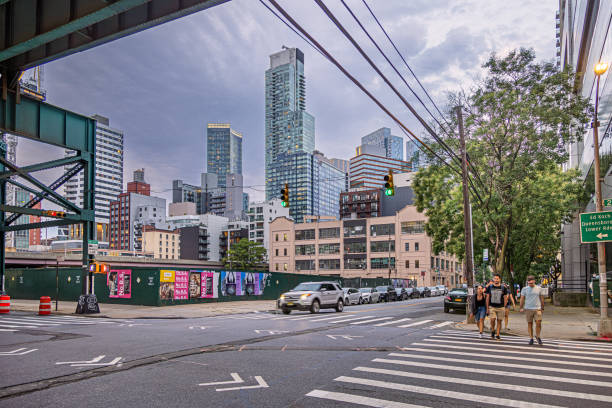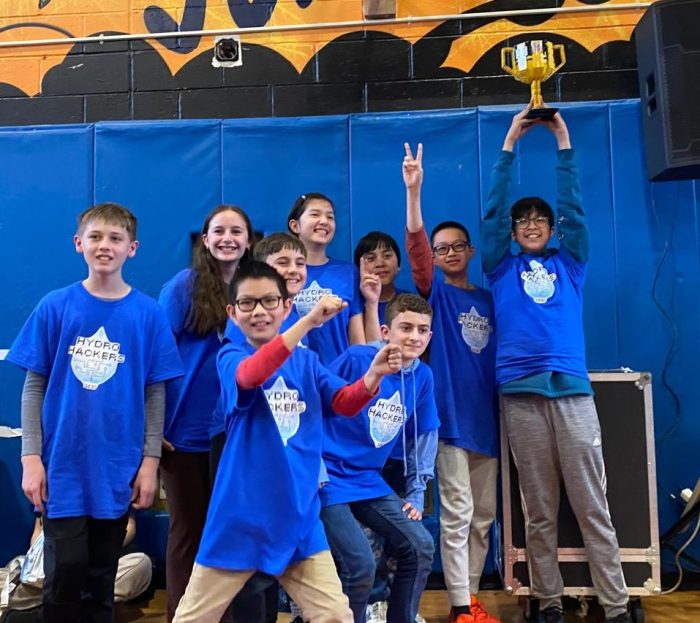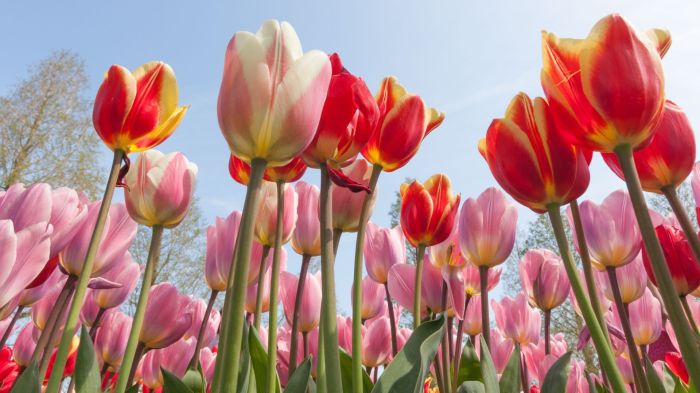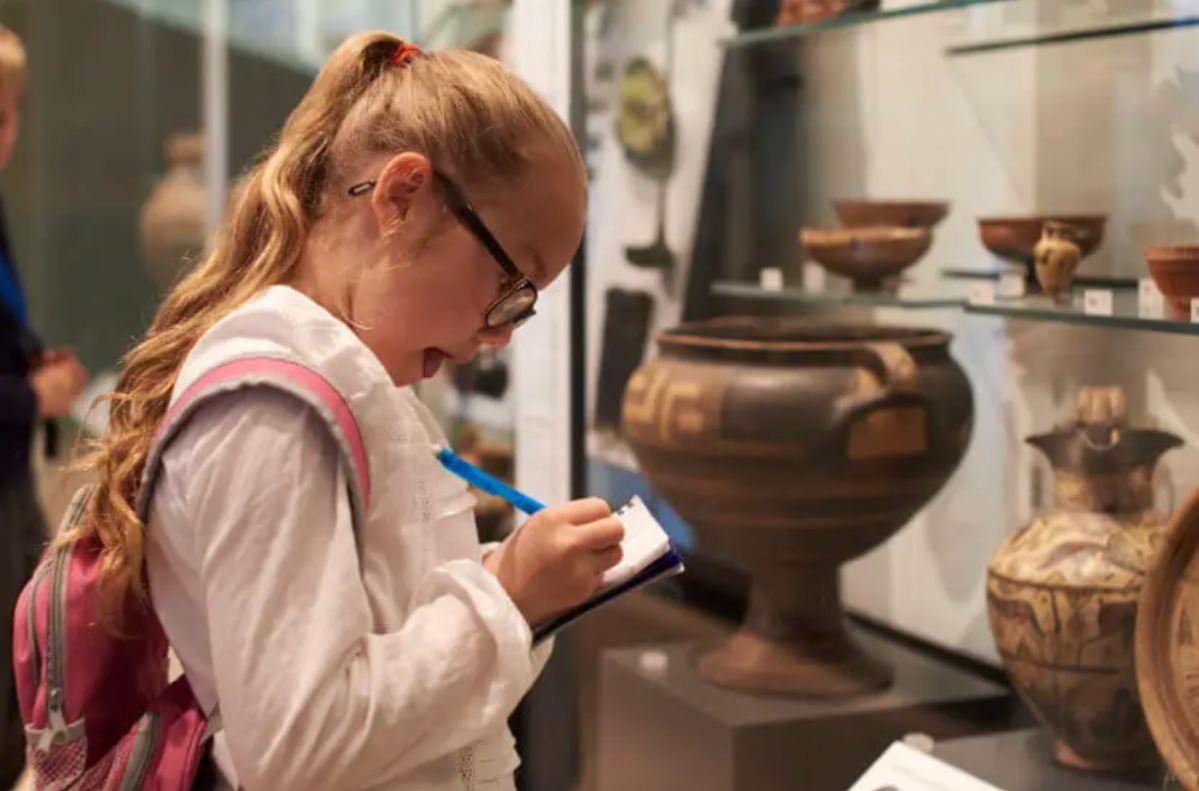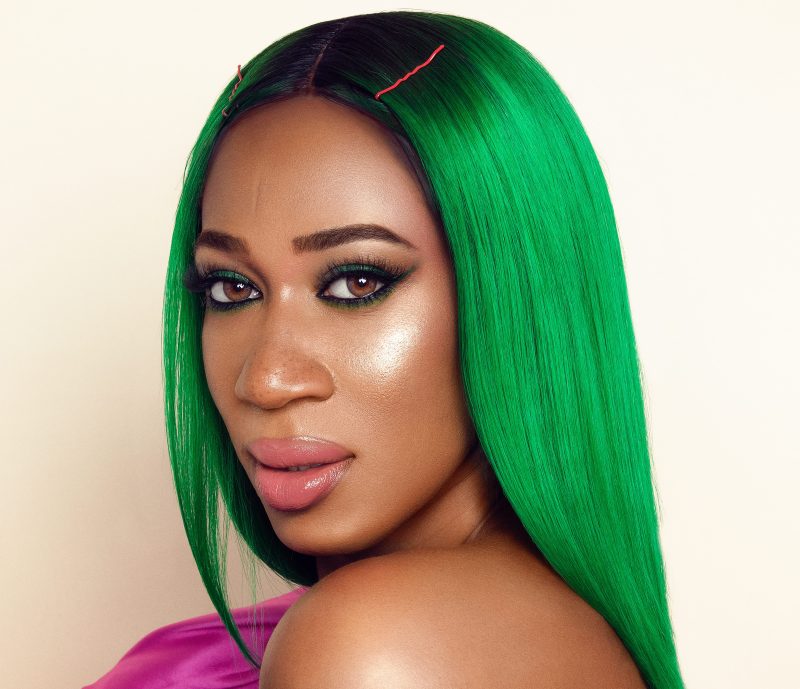By Harvey Goodman
Financial cost aside, the tradeoff appears to be a warmer environment that may save money on heating fuel, while placing you and your family in an environment where the air is stale, often very dry and chock full of odors and gases from paints, adhesives and insulating material .
One alternative is to install NASA type scrubbers – similar to the technology used on Shuttle missions. For a mere half million dollars you can have a home that is clear of noxious gases and fumes. Alright, so that is really not a good alternative. Lacing adequate funds perhaps we can try something a bit more reasonable – let's say “house plants.”
What a novel suggestion! As a botanist, I have always been aware of the benefits of plants to our outside environment, and had no problem transferring these benefits indoors. Actually, NASA scientists have finally concurred with what naturalists have known for eons – certain house plants purify the air of enclosed environments such as airtight office buildings, houses and, of course, spacecraft.
The plants do more than increase our personal breathing space, that is, removing carbon-dioxide and adding oxygen -they are also capable of “scrubbing” the air free of a host of indoor pollutants, including the odors from paint, adhesives, varnishes, ammonia, alcohol, formaldehyde, toluene and trichloroethylene .
As a bonus, U.S. and Australian researchers have determined that having live indoor plants in our office and home can improve our ability to concentrate and produce on the job. Whether this feat is related to the cleaner air that workers are inhaling, or simply a pleasant environment resulting from being surrounded by beautiful flora is not certain. But who cares – this is really a win-win situation .
Among the top air -purifiers in NASA studies are:
bamboo palm ( Chamaedorea seifrizzii )
rubber plant ( Ficus elastica )
Boston fern ( Nephrolepis exaltata )
gerbera daisy ( Gerbera jamesonii )
English ivy ( Hedera helix )
dwarf date palm ( Phoenix roebelenii )
peace lilies ( Spathiphyllum spp. )
lady palm ( Rhapis excelsa )
areca palm ( Chrysalidocarpus lutescens )
Most of the plants listed above are readily available at your local nursery. Indeed, if the plant is not in stock the nursery should be able to order it from their dealers. These are common house plants – not exotic species.
So the lesson is easy : insulate to conserve, buy plants to breathe easier and live better.
Questions or comments on gardening and plant care can be addressed to : The Plant Doctor. c/o Queens Publishing Co., 41-02 Bell Blvd. Bayside, New York 11361 or e-mail Plant.doctor@prodigy.net

